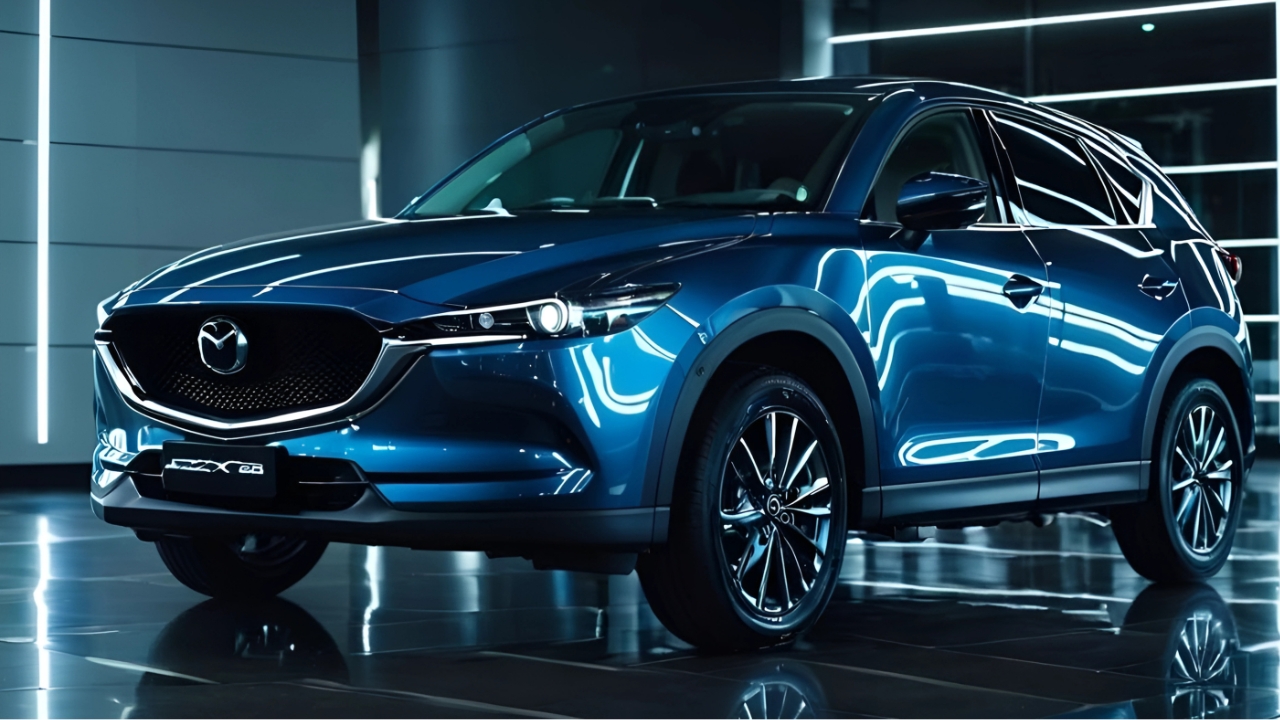When Mazda pulled back the curtain on the 2026 CX-5, many enthusiasts noticed something missing from the lineup—the turbocharged engine option that had been a favorite among driving enthusiasts. This decision has sparked conversations across automotive forums and dealership lots, leaving many potential buyers wondering what this means for their next vehicle purchase.
What Exactly Changed?
The third-generation CX-5 launches with only one engine choice: a naturally aspirated 2.5-liter four-cylinder engine producing 187 horsepower and 185 lb-ft of torque. What’s notably absent is the turbocharged variant that delivered 256 horsepower in the previous CX-5. For context, that’s a significant difference—nearly 70 horsepower separates these two powertrains.
This isn’t just about raw numbers on paper. The turbocharged engine provided that extra punch for highway merging, mountain climbing, and those moments when you need confident acceleration. The naturally aspirated engine, while reliable and fuel-efficient, delivers a more measured driving experience.
Why Did Mazda Make This Call?
Understanding Mazda’s reasoning helps put this decision into perspective. Mazda Canada justified this decision by explaining that the base engine “represents as much as 90% of sales at times and offers the right mix of responsiveness and fuel economy that our customers want and are familiar with.”
This reveals something important about consumer behavior. Despite enthusiasts’ love for the turbocharged option, the overwhelming majority of CX-5 buyers chose the standard engine. From a business standpoint, dedicating resources to an option that only one in ten customers selected becomes difficult to justify, especially when development costs for the new generation needed to be allocated efficiently.
The decision also aligns with Mazda’s broader strategy. Stefan Meisterfeld, vice president of strategic planning for Mazda North America, explained that “The six-speed transmission works really well with our current Skyactiv-G engine, so we didn’t want to change the recipe.” This suggests Mazda prioritized perfecting what works rather than offering multiple powertrains that might complicate manufacturing and increase costs.
What This Means for Different Types of Buyers
For the Daily Commuter: The base engine should meet your needs perfectly. It delivers adequate power for daily driving while maintaining the fuel efficiency that likely drew you to the CX-5 in the first place. The updated tuning promises improved responsiveness, which should make city driving and highway cruising feel more refined.
For the Family Hauler: With the 2026 model growing 4.5 inches longer and 0.5 inch wider, you’re getting more space without sacrificing the manageable size that makes the CX-5 practical for parking and maneuvering. The standard all-wheel drive provides confidence in various weather conditions, making it suitable for family road trips and daily school runs.
For the Driving Enthusiast: This is where the decision stings most. If you enjoyed the extra power for spirited driving or needed the additional capability for towing, the 2026 CX-5 might feel like a step backward. However, Mazda hasn’t completely abandoned performance-minded buyers—the turbocharged engine remains available in the CX-50, albeit in a different package.
The Bigger Picture: Industry Trends
Mazda’s decision reflects broader automotive industry trends. Manufacturers are streamlining their offerings to reduce complexity and costs while preparing for electrification. The CX-5 will debut a new hybrid powertrain in 2027, suggesting Mazda views electrification as the path forward for additional power and efficiency rather than maintaining multiple gasoline engines.
This hybrid system represents Mazda’s own technology rather than borrowing from partners, indicating significant investment in this direction. While specifics remain under wraps, hybrid powertrains typically deliver both improved fuel economy and increased power output, potentially addressing the performance gap left by the departed turbo engine.
Practical Considerations for Shoppers
If you’re considering a 2026 CX-5, think about your actual driving needs rather than peak power figures. The naturally aspirated engine has proven itself reliable and efficient across millions of miles in previous CX-5 models. The engine benefits from updated tuning for sharper responses, which should improve the driving experience even with the same basic power output.
The interior improvements might matter more than engine specs for many buyers. The new CX-5 features an available 15.6-inch touchscreen with Google built-in software and significantly more rear-seat and cargo space. These practical improvements address real pain points that affect daily life more than occasional performance demands.
Alternative Options
For buyers who absolutely need more power, Mazda offers the CX-50 with the turbocharged engine, though this comes with a different character—more rugged styling and slightly different proportions. The CX-50 represents Mazda’s adventure-focused SUV while the CX-5 maintains its role as the refined, efficient choice.
Those willing to wait might consider the 2027 hybrid model, which should offer improved performance and efficiency. However, this requires patience and the willingness to be an early adopter of Mazda’s new hybrid technology.
Mazda CX-5 2026
Mazda’s decision to remove the turbocharged engine reflects practical business realities rather than abandoning performance entirely. The company has chosen to focus on perfecting the powertrain that the vast majority of customers actually buy while preparing for the future with hybrid technology.
For most CX-5 buyers, this change won’t significantly impact their ownership experience. The 2026 model offers meaningful improvements in space, technology, and refinement that address more common customer priorities than peak horsepower numbers.
The power downgrade decision ultimately reveals Mazda’s confidence in what the CX-5 has always done best: providing a balanced, efficient, and enjoyable driving experience for everyday life. While enthusiasts might mourn the loss of the turbo option, the broader market seems likely to embrace a CX-5 that doubles down on its core strengths while preparing for an electrified future.
Understanding this context helps potential buyers set appropriate expectations and focus on whether the 2026 CX-5’s actual strengths align with their real-world needs rather than their peak performance wishes.
